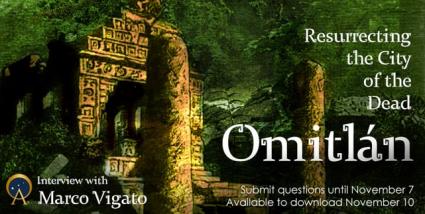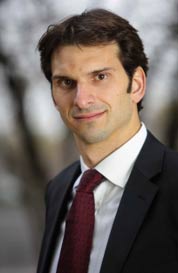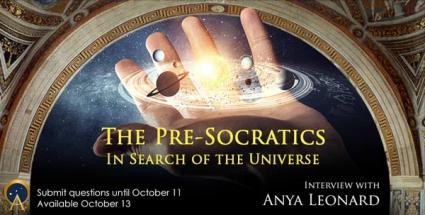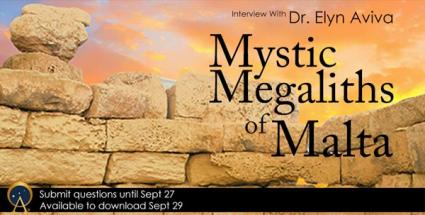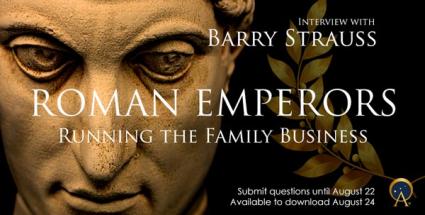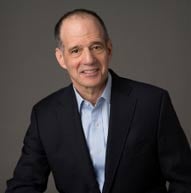The story of a man who became known as Champion of the Slaves.
From Ireland, England, France, Austria, Greece, Turkey, and Italy to America and the West Indies, overflowing with historic events, from the French Revolution to the Great Irish Famine, Howe Peter Browne, 2nd Marquess of Sligo, spy, sailor, and jailbird, lived life to the absolute limits.
At 21, Howe Peter Browne inherited five titles in the peerage, an estate in the West of Ireland and valuable plantations in Jamaica. Educated at Eton and Cambridge, his early years conformed to the popular image of a ‘regency buck’ in the notorious circle of the Prince Regent, including the company of such profligates as Thomas de Quincey, Lord Byron, John Cam Hobhouse, and Scrope Davies.
In 1816 he married Catherine de Burgh and settled on his estates in West Ireland. He alleviated the desperate circumstances of his tenants and established a cotton and corduroy factory in Westport. As famine engulfed the west of Ireland in 1831, at his own expense, he imported cargos of grain and potatoes, built a hospital and dispensary to care for the sick, and raised money in London for relief and additional public works.
On his appointment as Governor General of Jamaica and the Cayman Islands in 1834, Sligo took on the brutal system of slavery. His objective to establish “a social system absolved forever from the reproach of Slavery,” set him on a bitter collision course with the local planters. He was the first plantation owner to initiate a wage system for black workers and after emancipation, to divide his lands into numerous farms to lease to the former slaves. The planters commenced a campaign of vilification against him in the Jamaican and British press.
Lord Sligo earned an honored place in the history of Jamaica, where he is acknowledged as ‘Champion of the Slaves’ and where the town of Sligoville, the first free slave village in the world, still bears his name.
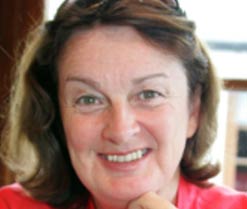
Anne Chambers is author of ten biographies, including the best-selling Grace O’Malley – The Biography of Ireland’s Pirate Queen 1530-1603, a historical novel and a collection of short stories. Her latest biography, The Great Leviathan: The Life of Howe Peter Browne, 2nd Marquess of Sligo, 1788-1845 was published in 2018. Her books have been translated into many languages and have been the subject of TV and Radio documentaries for Discovery, The Learning Channel, Travel Channel, ABC Australia, BBC, BBC World Service, RTE, and Lyric FM. In 2018 she was awarded the Wild Atlantic Way Words Festival Hall of Fame Award in recognition of her contribution to Ireland’s literary tradition.
In-depth Interviews are available to our Gold Members. (It’s easy and quick to become a Gold Member – get immediate access to interviews, webinars, free eBooks, exclusive content, and so much more!)
As a Gold Member, you get to submit your questions or points in advance. In-depth Interviews are pre-recorded, and then are available to watch at a time that’s easy and convenient to you.




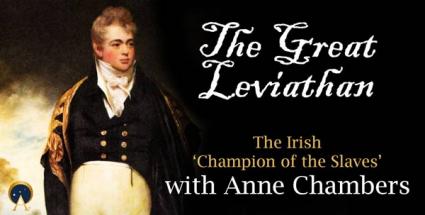
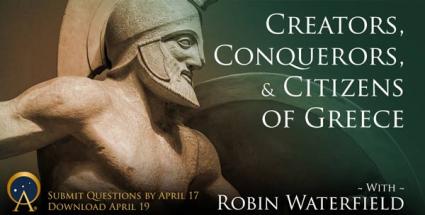
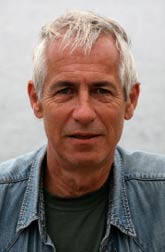
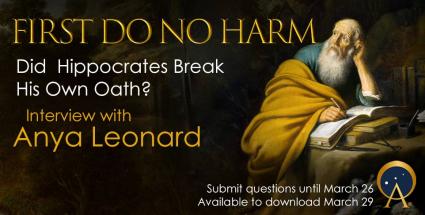

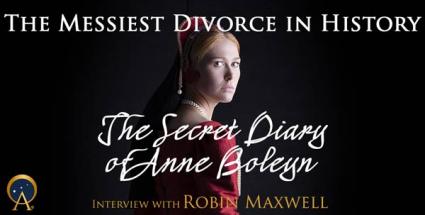
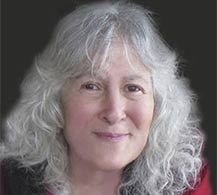 Robin Maxwell is a historian, screenwriter, podcaster, internationally acclaimed and Los Angeles Times bestselling author of nine novels. Her debut - The Secret Diary of Anne Boleyn - is now in its 25th printing. Maxwell’s historical fiction titles include The Queen’s Bastard, Signora Da Vinci, and Jane: The Woman Who Loved Tarzan. "All the Queens’ Men," based on Robin’s Elizabethan Quartet, is currently in development for a limited cable series. She’s been called ‘one of the Queens of Historical Fiction.’ With the publication of her new Atlantos series, she has evolved into ‘one of the Queens of Pre-historical Fiction." The fourth book in her “Elizabethan Quartet” - The Wild Irish: A Novel of Elizabeth I and the Pirate O’Malley - features, in Maxwell's opinion, the greatest female hero of all time - Grace O’Malley. Maxwell has partnered with Australian producer Monica O’Brien, Ambience Entertainment, and Kew Media for a TV series based on The Wild Irish, soon heading into production. Robin currently lives with her husband, yogi Max Thomas, at their private retreat and wildlife sanctuary High Desert Eden, California.
Robin Maxwell is a historian, screenwriter, podcaster, internationally acclaimed and Los Angeles Times bestselling author of nine novels. Her debut - The Secret Diary of Anne Boleyn - is now in its 25th printing. Maxwell’s historical fiction titles include The Queen’s Bastard, Signora Da Vinci, and Jane: The Woman Who Loved Tarzan. "All the Queens’ Men," based on Robin’s Elizabethan Quartet, is currently in development for a limited cable series. She’s been called ‘one of the Queens of Historical Fiction.’ With the publication of her new Atlantos series, she has evolved into ‘one of the Queens of Pre-historical Fiction." The fourth book in her “Elizabethan Quartet” - The Wild Irish: A Novel of Elizabeth I and the Pirate O’Malley - features, in Maxwell's opinion, the greatest female hero of all time - Grace O’Malley. Maxwell has partnered with Australian producer Monica O’Brien, Ambience Entertainment, and Kew Media for a TV series based on The Wild Irish, soon heading into production. Robin currently lives with her husband, yogi Max Thomas, at their private retreat and wildlife sanctuary High Desert Eden, California.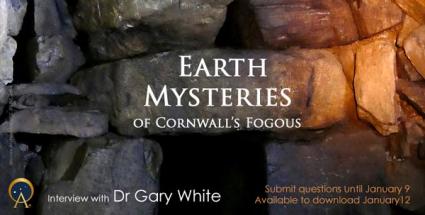
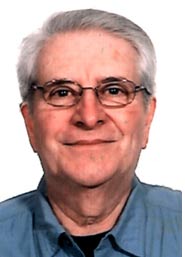

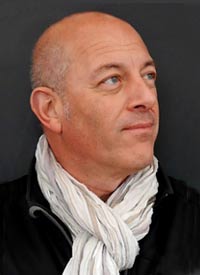 is a best-selling author, and leading researcher of ancient civilizations, restricted history, sacred sites, and their interaction with consciousness. He is also a leading expert on crop circles.
is a best-selling author, and leading researcher of ancient civilizations, restricted history, sacred sites, and their interaction with consciousness. He is also a leading expert on crop circles.